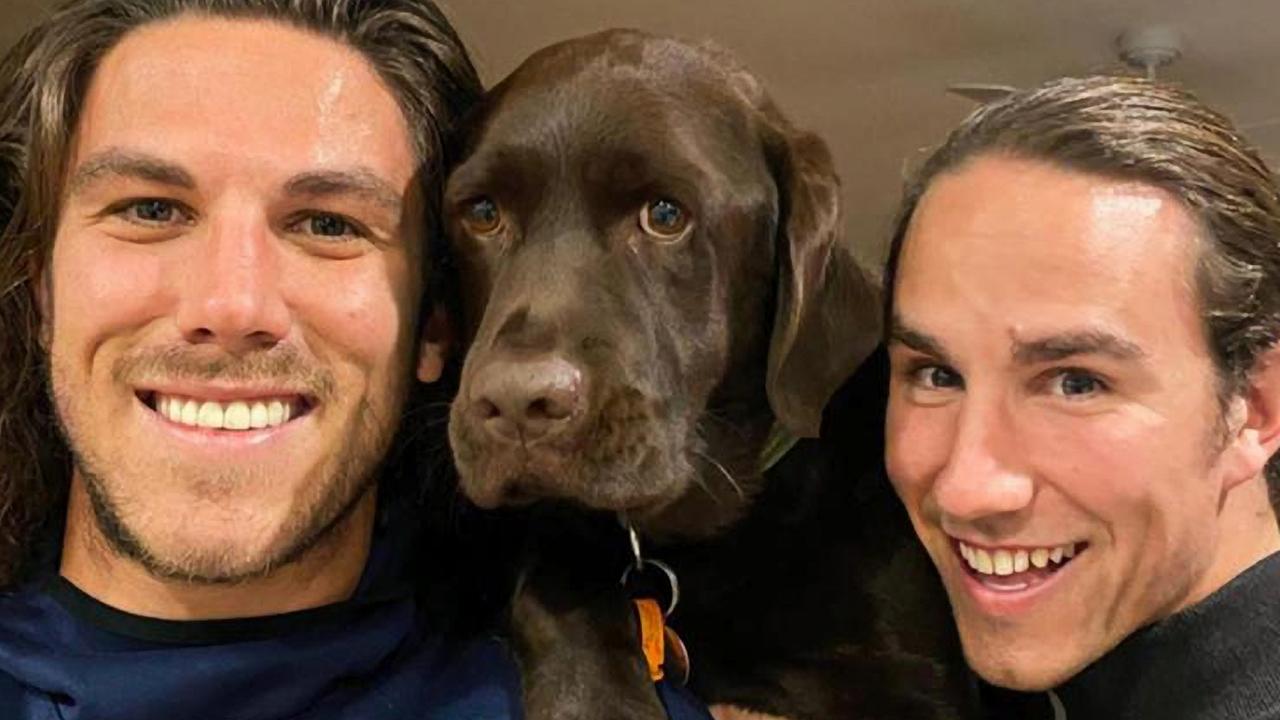Cocaine worth hundreds of millions of dollars washes up on Australian beaches
Smugglers are stepping up the use of the so-called cocaine superhighway to get shipments into Australia. This is how they do it.
Crime in Focus
Don't miss out on the headlines from Crime in Focus. Followed categories will be added to My News.
Special Investigation: Hundreds of kilos of cocaine is washing up on beaches across the country and nearby Pacific Islands amid an explosion of shipments across the cocaine “super highway” from South America to Australia.
Blocks of the drug wrapped in waterproof packaging worth hundreds of millions of dollars on the street, have been discovered in the past year on beaches in Queensland, New South Wales, New Zealand and a string of islands, as drug cartels forge new trafficking routes.
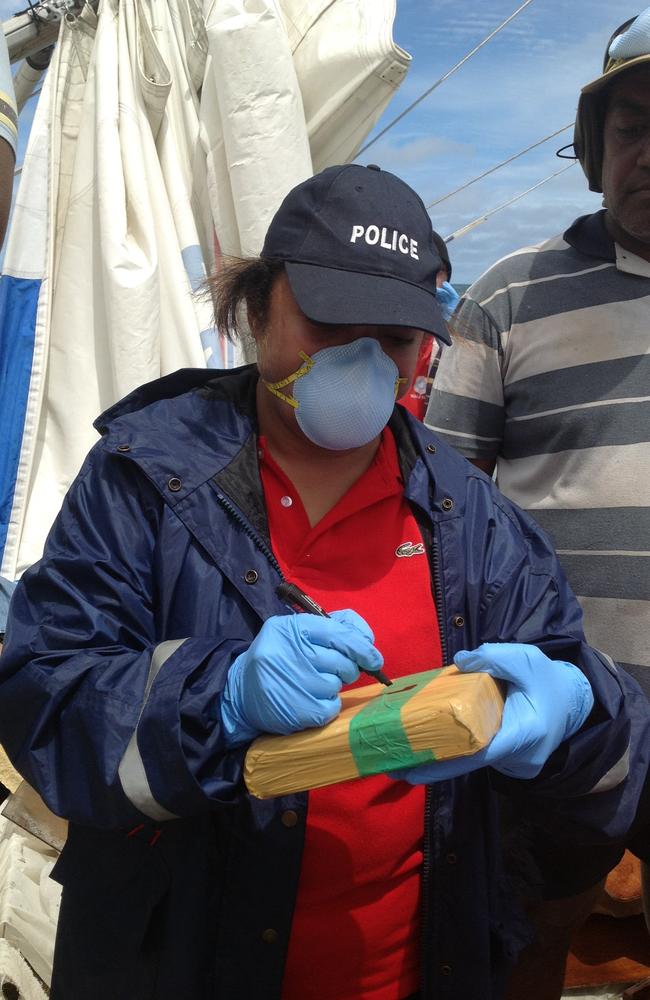
The pandemic has not slowed supply and drug smugglers are using cargo ships carrying commercial goods to piggy back drug shipments as well as dedicated private sailing boats to drop the drugs at rendezvous points in the Pacific ready for the last push into the eastern states.
Private eye Daniel Toresen, who has been investigating drug smuggling across the Pacific, said “global narcos are increasingly preying on vulnerable Pacific Island countries to traffic drugs and then funnel them into lucrative markets like … Australia.”
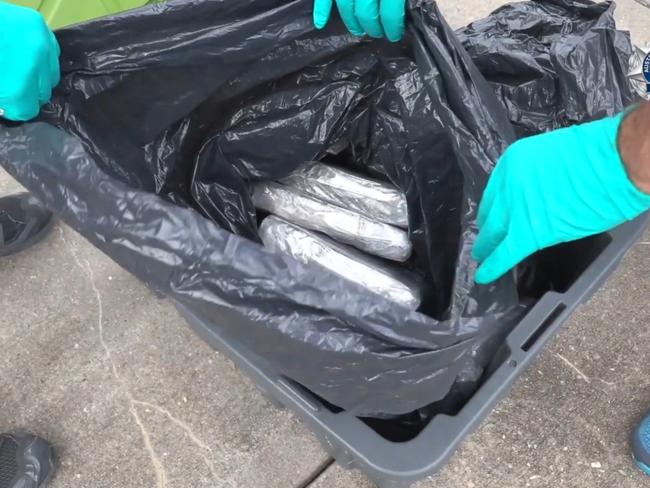
Mr Toresen recently led a high-level investigations into the activities of an employee suspected of smuggling cocaine hidden in legitimate shipments by his employer to Australia.
“The criminal gangs will bring the cocaine, in large volumes, by ship from either Mexico or South America and, when in the waters close to Fiji and Tonga will drop the shipment overboard in rafts with a GPS locator beacon strapped to the raft,” Mr Toresen said.
“The local contacts in these countries will then travel out to sea by small boat and uplift the drugs.
“Once landed in these pacific countries the drugs are virtually useless due to the low levels of income and small population. The impetus is then to transfer these drugs to the lucrative markets such as New Zealand and Australia where the market is vast and eager for a steady supply of narcotics.”
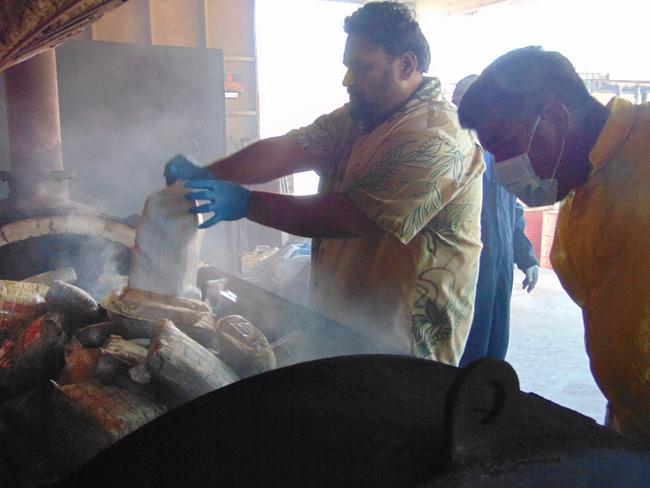
But not everything always goes to plan.
Shipments are lost, GPS locators fail and parcels get lost or thrown overboard when authorities approach vessels.
In February this year, 10 packages of cocaine worth about $3 million washed up on Hinchinbrook Island in Queensland and were found by beachcombers.
Two years earlier two separate one-kilogram packages were found on Bundaberg beaches at Elliott Heads and Mon Repos.
In March, 10kg was discovered on Malabar beach in NSW.
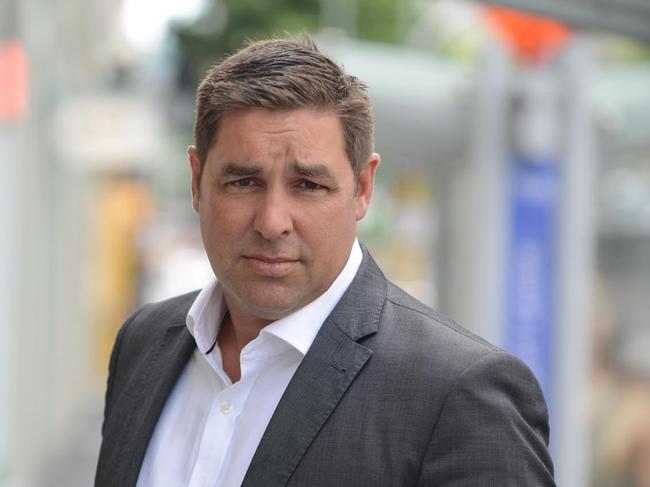
The biggest discovery was on the Marshall Islands in December 2020 when $120 million worth of cocaine was found stashed in a boat washed up at Ailuk Atoll. It is believed the cocaine was headed for Australia.
Australian Federal Police’s Senior Officer in the Pacific Superintendent Adrian Morton said there is an enormous number of vessels sailing the corridor between South America, the Pacific and Australia.
“There are thousands of vessels, cargo ships, fishing vessels, and yachts on the waters and organised crime groups are cartels are exploiting the congestion,” Supt Morton said.
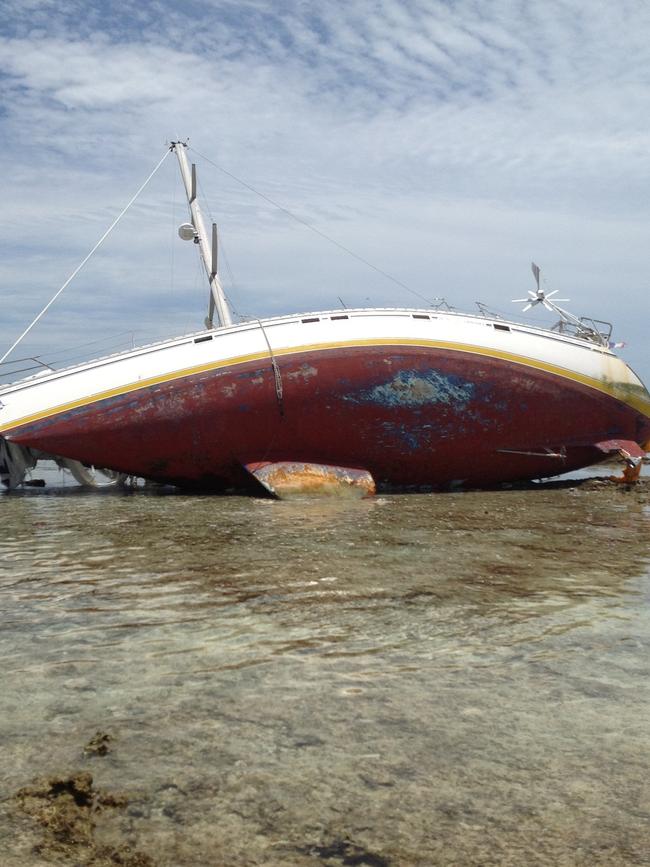
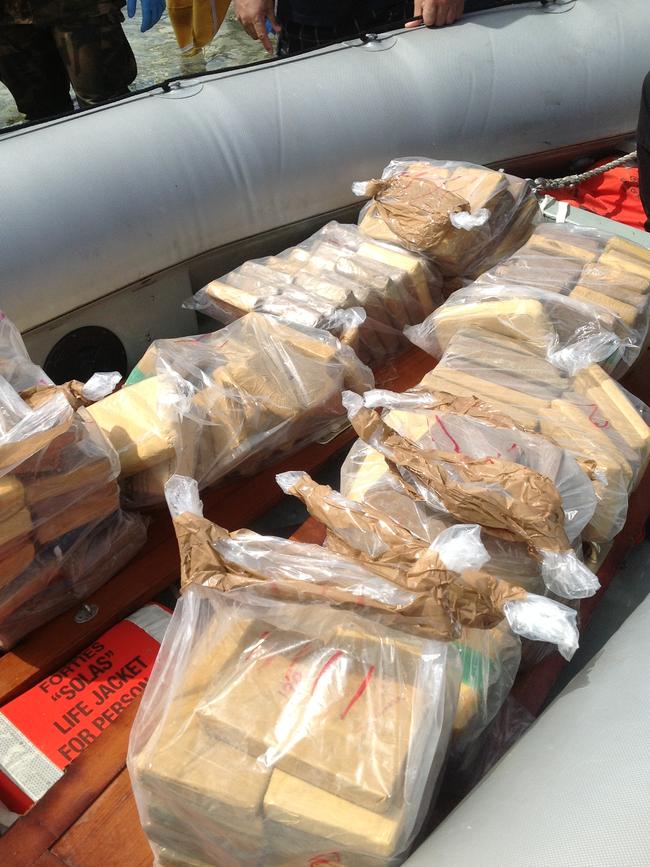
He said the AFP is working to deter and disrupt trafficking across the region and “our kryptonite is working together with international and trans pacific partnerships.”
Police operations have led to shipments being disrupted and stopped and in some cases drugs may have been destroyed or ended up overboard, said Mr Morton.
He said because the drugs are bought so cheaply in the source countries the organised crime gangs would rather “destroy the evidence and protect their methodology”.
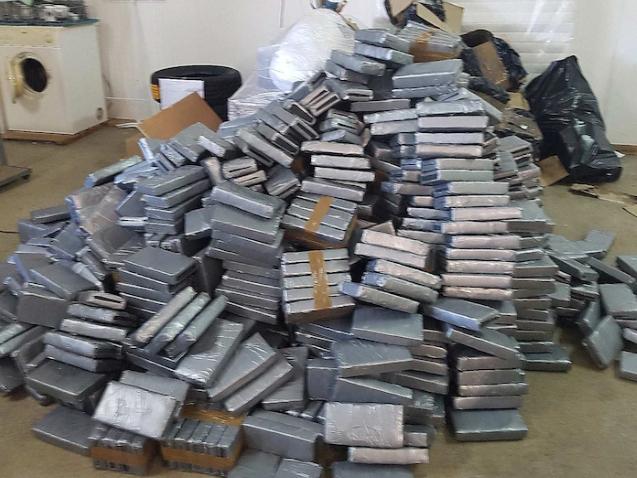
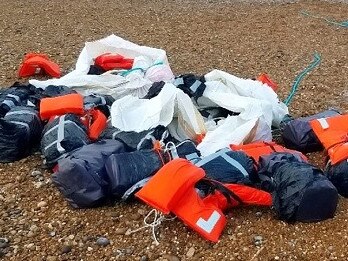
Detective Sergeant Christopher Burgess of the Transnational Crime Unit said the washed up bricks of cocaine that are found are sent for forensic examination and are chemically profiled.
He said the analysis allows authorities to determine where they may have come from, which cartel they might belong to and whether they contain precursor materials that are dangerous.
In March law enforcement seized a cargo vessel MSC Joanna headed into Sydney, the Australian Crime and Intelligence Commission believed was being used by organised crime to smuggle cocaine.
Operation Poitiers a cross jurisdictional task force intercepted a suspect with the ship at sea before sunrise.

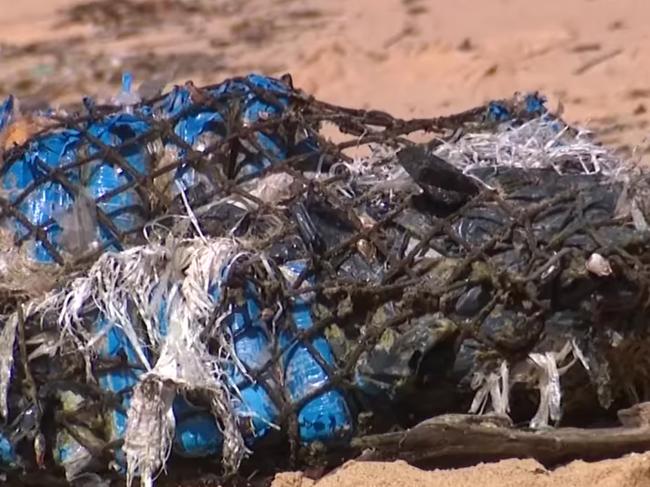
About 200kg of cocaine were seized with an estimated street value of $90 million.
“It is commonplace for rafts to be missed or affected by adverse weather and break up leading to vast quantities of cocaine parcels literally washing up on the shores of outlying islands,” Mr Toresen said.
The price of cocaine on the street in Australia is the highest in the world and experts say the cartels can afford to lose a few kilos.
Dr Andreas Schloenhardt, a professor of criminal law at the University of Queensland, said drug cartels from South America are looking for new markets and Australia has become one of them.
“There is a lot more coca being grown in source countries like Columbia, Peru and Bolivia and the increase is out of control,” Dr Schloenhardt said.
“It has spiralled up to numbers that were inconceivable only a few years ago.”
He said there has been a lot of busts of container ships with cocaine so traffickers may be packing the cocaine in smaller packages and some may have fallen overboard.
But he doesn’t expect the traffickers to change the super highway route any time soon.
“There is a very little you can do in such a vast ocean … There is no way the authorities can stop every boat and check every container and every parcel that comes in the mail,” he said.
Dr John Coyne, the head of the Strategic Policing and Law Enforcement Program at the Australian Strategic Policy Institute, said Australia needs a better strategy to fight the organised crime behind the drug smuggling in the Pacific.

Despite big seizures and record busts, Dr Coyne said there has been no real corresponding drop in drug use.
“Everything we are doing is not working,” he said.
He said it is not a failure of law enforcement but a failure of policy.
Dr Coyne said that the modern drug traffickers were unlike the organised crime group of the past and lacked the structural hierarchy seen in the Godfather, the Sopranos, and Sons of Anarchy.
“It is more amorphous than that,” he said.
He also said the “decapitation” of crime syndicates by taking out of the Mr Bigs, such as Joaquin El Chapo Guzman, the head of the Mexican Sinaloa cartel – has not crippled the organisations.
“ … there needs to be a broader focus on our efforts to disrupt organised crime. These efforts need to decrease the likelihood and consequences of serious and organised crime, as opposed to trying to arrest offenders. Unfortunately, our current strategy doesn’t work towards this goal.”





